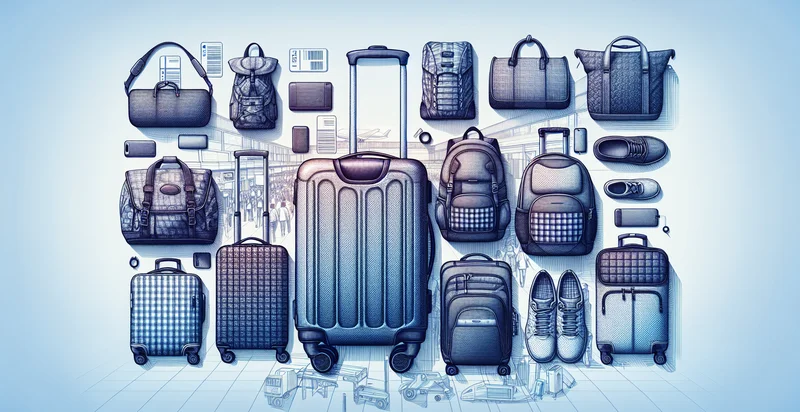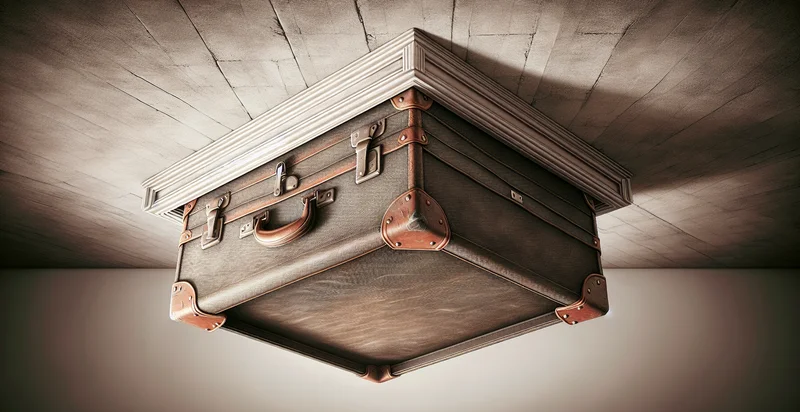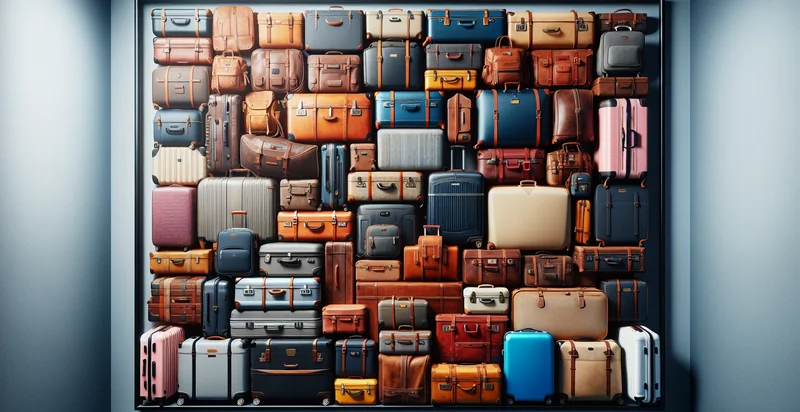Identify passenger luggage type
using AI
Below is a free classifier to identify passenger luggage type. Just upload your image, and our AI will predict the type of passenger luggage it is - in just seconds.

Contact us for API access
Or, use Nyckel to build highly-accurate custom classifiers in just minutes. No PhD required.
Get started
import nyckel
credentials = nyckel.Credentials("YOUR_CLIENT_ID", "YOUR_CLIENT_SECRET")
nyckel.invoke("passenger-luggage-type", "your_image_url", credentials)
fetch('https://www.nyckel.com/v1/functions/passenger-luggage-type/invoke', {
method: 'POST',
headers: {
'Authorization': 'Bearer ' + 'YOUR_BEARER_TOKEN',
'Content-Type': 'application/json',
},
body: JSON.stringify(
{"data": "your_image_url"}
)
})
.then(response => response.json())
.then(data => console.log(data));
curl -X POST \
-H "Content-Type: application/json" \
-H "Authorization: Bearer YOUR_BEARER_TOKEN" \
-d '{"data": "your_image_url"}' \
https://www.nyckel.com/v1/functions/passenger-luggage-type/invoke
How this classifier works
To start, upload your image. Our AI tool will then predict the type of passenger luggage it is.
This pretrained image model uses a Nyckel-created dataset and has 16 labels, including Backpack, Briefcase, Camera Bag, Carry-On, Checked Bag, Cooler Bag, Duffel Bag, Gym Bag, Hiking Backpack and Laptop Bag.
We'll also show a confidence score (the higher the number, the more confident the AI model is around the type of passenger luggage it is).
Whether you're just curious or building passenger luggage type detection into your application, we hope our classifier proves helpful.
Related Classifiers
Need to identify passenger luggage type at scale?
Get API or Zapier access to this classifier for free. It's perfect for:
- Airport Security Enhancement: This function can be integrated into airport security systems to automatically classify passenger luggage types during screening. By accurately identifying the type of luggage, security personnel can prioritize inspections and streamline the screening process, enhancing overall security measures and passenger flow.
- Baggage Handling Optimization: Airlines can use this function to improve their baggage handling operations. By identifying luggage types at check-in, airlines can efficiently allocate resources and optimize loading processes, reducing the chances of misplaced or mishandled bags.
- Lost Luggage Recovery: In cases where luggage is lost, this classification function can help support recovery efforts. Identifying the type of luggage can assist airlines and airports in tracking items more effectively, ultimately leading to faster recovery and return to passengers.
- Customs and Border Protection: Customs officials can utilize this function to classify luggage entering or leaving a country. By quickly identifying suspicious or high-risk luggage types, authorities can target inspections more accurately and enhance national security.
- Travel Retail Insights: Retailers in airports can analyze luggage types through this function to understand passenger demographics better. This data can drive targeted marketing strategies and improve product offerings in duty-free shops, increasing sales and customer satisfaction.
- Insurance Claim Validation: Insurance companies can employ this classification function to validate claims related to lost or damaged luggage. By accurately identifying the type of luggage, they can assess claims based on coverage policies and expedite the claims process.
- Flight Delay Mitigation: Airlines can leverage this function in conjunction with real-time baggage tracking to identify potential issues with luggage types that may contribute to flight delays. By monitoring and managing luggage classifications, airlines can enhance operational efficiency and minimize disruptions for passengers.


